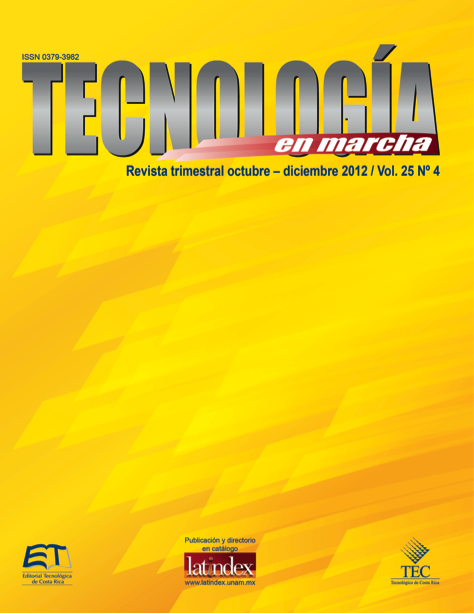Martin Chalfie y la proteína verde fluorescente
Main Article Content
Abstract
The history of the green fluorescent protein (GFP) starts with Osamu Shimomura at the beginning of the 1960s, with his discovery from the extracts of the Aequorea victoria jellyfish. However, it is not until the beginning of the 1990s, that the neurobiologist Martin Chalfie, applying genetic engineering tech- niques, achieved for the first time the heterology expression of the GFP in prokaryotes (E. coli) and eukaryotes (Caernohabditis elegans), from a clone of the jellyfish’s gen that codifies the GFP prepared by Douglas Prasher.
Besides fluorescing in green, the results from this work also demonstrated that it does not require any other cofactor or enzyme of the jellyfish for its expression or for the own forming of a fluorophore. At the same time, Chalfie proposed that the GFP could be used for the marking of cells on living ani- mals or the tag of proteins.
Based upon these results, many scientists started working on research related to the GFP; actually this protein is used on different fields such as biotechnol- ogy, development biology, environmental chemistry and medicine. In the case of the latter, it has helped to elucidate the cellular mechanisms from which diseases are made of. Science owes Roger Tsien, amongst other contributions, the creation of differ- ent mutations of the GFP.
Article Details
Los autores conservan los derechos de autor y ceden a la revista el derecho de la primera publicación y pueda editarlo, reproducirlo, distribuirlo, exhibirlo y comunicarlo en el país y en el extranjero mediante medios impresos y electrónicos. Asimismo, asumen el compromiso sobre cualquier litigio o reclamación relacionada con derechos de propiedad intelectual, exonerando de responsabilidad a la Editorial Tecnológica de Costa Rica. Además, se establece que los autores pueden realizar otros acuerdos contractuales independientes y adicionales para la distribución no exclusiva de la versión del artículo publicado en esta revista (p. ej., incluirlo en un repositorio institucional o publicarlo en un libro) siempre que indiquen claramente que el trabajo se publicó por primera vez en esta revista.

